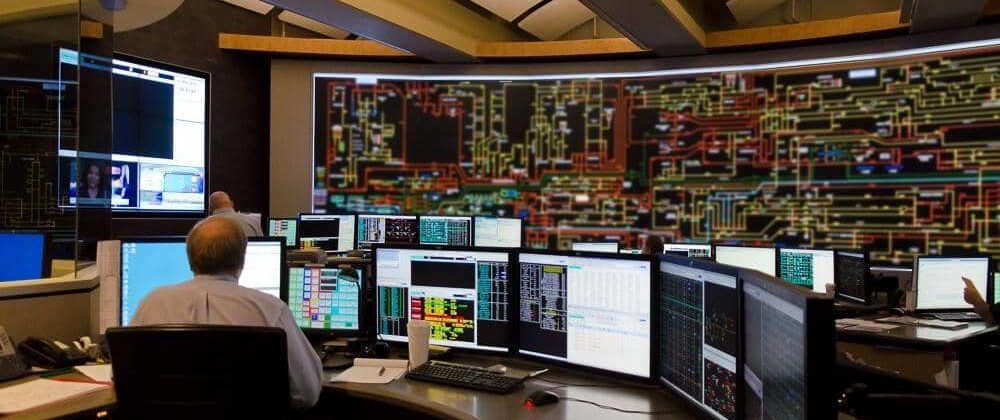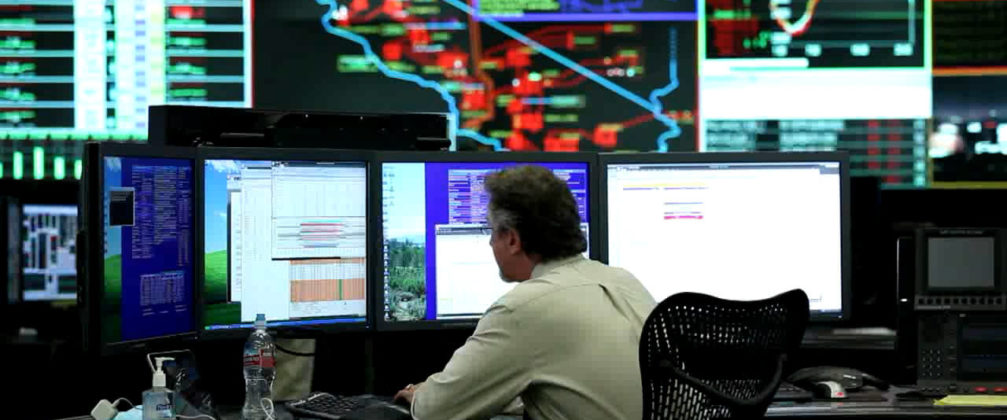Modern A/V room design plays a key role in the daily operations of utility companies, both within and beyond your control room. This is because it enhances situational awareness and helps you create a common operating picture (COP) for employees across your organization. In this blog, we’ll take a deep dive into utility control room A/V design and equipment and ways you can enhance your existing control room environment.
What is Audio/Visual (A/V)?
Put simply, audio/visual (A/V) refers to technological equipment and applications that relate to sound and sight. This includes the hardware and software used to record and transmit audio and video data. Many organizations (including utility companies) use A/V equipment to enhance their employees’ communication and teamwork.
A/V is also a powerful tool that helps businesses streamline their processes and communicate with colleagues and clients worldwide. As a result, A/V has become a central part of boardrooms, executive offices, auditoriums, command and control centers, and more.
Here are just a few examples of common A/V equipment:
- Amplifiers
- Audio mixers
- CD, DVD, & Blu-ray players
- Computers & tablets
- Conference telephones
- Content management systems
- Digital signage
- Disc and solid state recorders
- Film & data projectors
- Interactive whiteboards
- Microphones
- Remote monitoring & management software
- Smartphones
- Speakers
- Still and video cameras
- Video walls
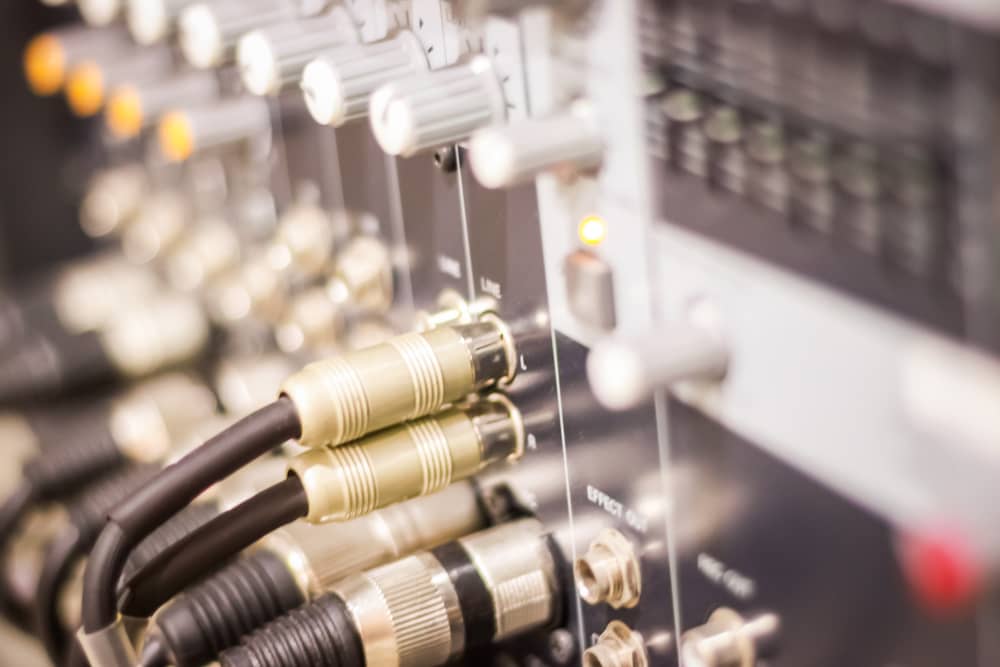
A/V Control Systems & Utility Control Room Technology
A/V control systems play a crucial role in seamlessly connecting audio/visual technology across your organization to bring the greatest benefit. Their main role is to streamline the various commands necessary to control each piece of A/V equipment. This facilitates collaboration and communication among employees and management across your utility control room.
Your A/V utility control room technology must be intuitive and easy to use, even for untrained employees. Everyone in your organization should be able to use your control system to direct individual pieces of A/V equipment or your entire network. The ability to efficiently manage your A/V equipment facilitates an enhanced user experience and increased ROI for your organization.
Common Audio-Visual Room Design Standards & Capabilities
Your A/V control system can be fully customized and tailored to your unique needs. However, here are a few of the most common functions of A/V control systems:
- Controlling speaker volume
- Managing endpoint connections
- Implementing room and asset booking systems
- Turning cameras, displays, microphones, and projectors on and off
- Recording meetings and conferences
- Switching lights on and off and adjusting illumination levels
- Uploading content to utility control room displays
How Does Modern A/V Room Design Fit Into Conference & Boardrooms?
Boardroom A/V allows executives to communicate with colleagues and customers around the world. Along with boardrooms, A/V technology is also deployed in conference rooms, executive suites, breakrooms, and more.
While boardroom A/V of the past was often clunky, confusing, and low-quality, modern equipment works together to support users and provide a positive experience. In short, a well-designed A/V system creates a more efficient and effective meeting room environment.
Conference room A/V systems can be run automatically or controlled manually through a keypad or touch panel. Regardless of what you choose, your manual control interface should be intuitive and easy to use for anyone at your utility company.
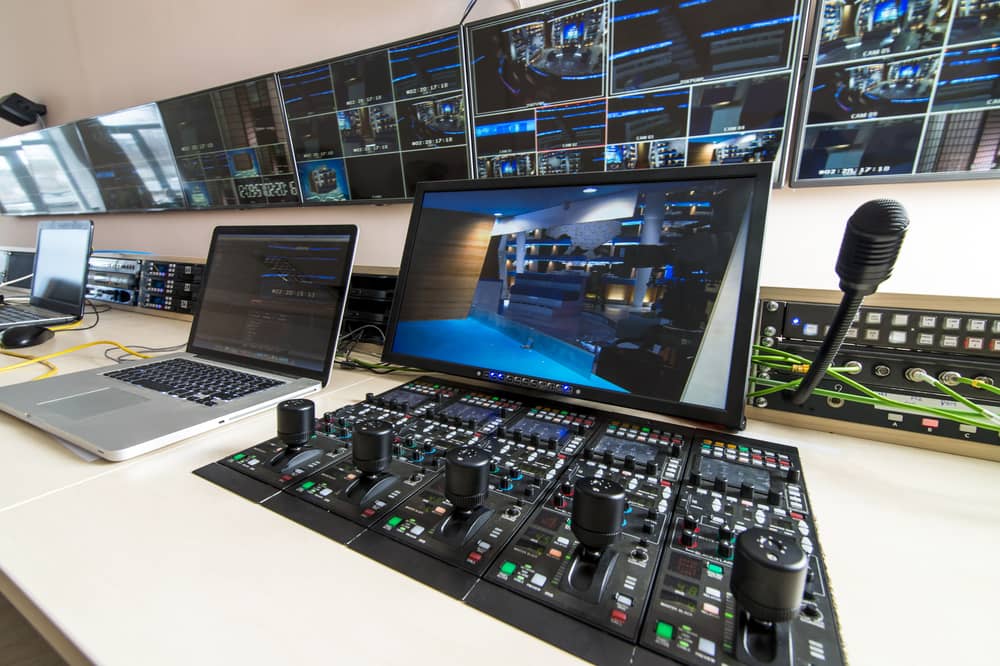
How Does Modern A/V Room Design Fit Into Command & Control Centers?
The most important function of A/V equipment within a utility control room is facilitating situational awareness and developing a common operating picture (COP). We’ll define both of these concepts below:
- Situational awareness refers to an understanding of what’s happening in the environment around you.
- Common operating picture is an identical display of relevant information shared with multiple people at the same time.
Utility control room operators are inundated with huge quantities of big data on a daily basis, and this information must be effectively visualized using A/V equipment. Getting the most relevant data to decision-makers in real-time improves their situational awareness and COP so they can make the best choices for everyone involved.
For utilities, this means real-time monitoring and management of your asset distribution grid. Secure and simultaneous interaction between all of your data sources and utility control room displays facilitates effective command and control of electricity grids, gas distribution, and more.
Components of Modern A/V Room Design for Utility Companies
The most important aspects of modern A/V room design for utilities are equipment placement, room flow, climate control, lighting, and noise control. Your control room consultant should also engineer redundancy and backup systems into your space to ensure round-the-clock operation.
Most importantly, the A/V technology in your control room should be scalable and able to accommodate growth. Your equipment should also be reliable and high-quality to maximize ROI and reduce interruptions for maintenance or repairs.
Benefits of A/V Technologies & Design for Utility Companies
While there are many benefits of incorporating sophisticated A/V technology into your utility control room, we’ve outlined a few of the most important below:
- Decreased (or eliminated) downtime
- Easy incorporation with existing legacy equipment
- Enhanced cyber and physical security
- Faster incident resolution
- High-quality video conferencing
- Improved collaboration
- Minimized travel due to remote operations
- More effective content visualization from multiple sources
- More informed decision-making
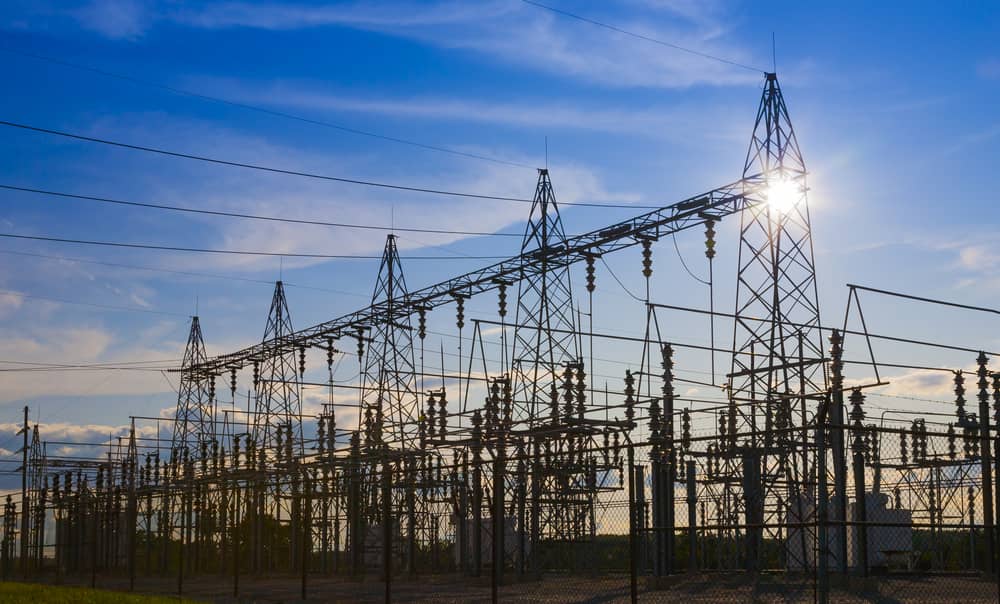
KVM-Over-IP in Utility Control Room A/V Design
One of the most advanced ways for utility control room operators to control multiple A/V inputs is through keyboard, video, and mouse (KVM) switches. These send signals from computer servers via a local area network (LAN), wide area network (WAN), or Internet connection and are known as KVM-over-IP.
Ultimately, KVM switches allow remote users to access and control servers simultaneously regardless of location, making them ideal for multi-location data sources. KVM-over-IP also impacts your utility company’s audio-visual room function via enhanced network security, flexibility, and reliability.
A/V-Over-IP in Utility Control Room A/V Design
A/V equipment was once a jumble of siloed technologies locked in special rooms and only useful to highly-trained employees. But as A/V adopts standards and protocols that allow it to join IT networks, it continuously empowers organizations to communicate and collaborate more efficiently.
The transmission of A/V information via network cable infrastructure (e.g. a LAN or IP address) is known as A/V-over-IP. AV-over-IP uses your existing network equipment, but there’s far less cabling and greatly expanded source flexibility. By placing an encoder at each source device and a decoder at each destination device, utility companies can create an interconnected control room with maximized COP and situational awareness.
A/V-over-IP also makes it easier for your IT system administrator to route and control IP streams and room environments from any point in your network. You’re also guaranteed enough Internet bandwidth for a reliable operation of remote tools and web-based solutions that are key to your daily operations.
With A/V-over-IP, switching is infinitely scalable because you’re no longer limited by the number of physical ports on each A/V device. Plus, AV-over-IP offers enhanced video processing options for high-quality images that are free of compression or latency. Best of all, it costs much less than traditional hardware-based technology, offering a protected investment with a high ROI.

